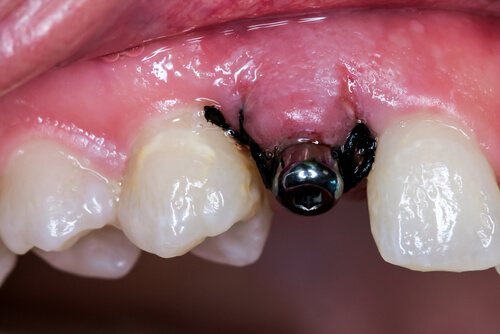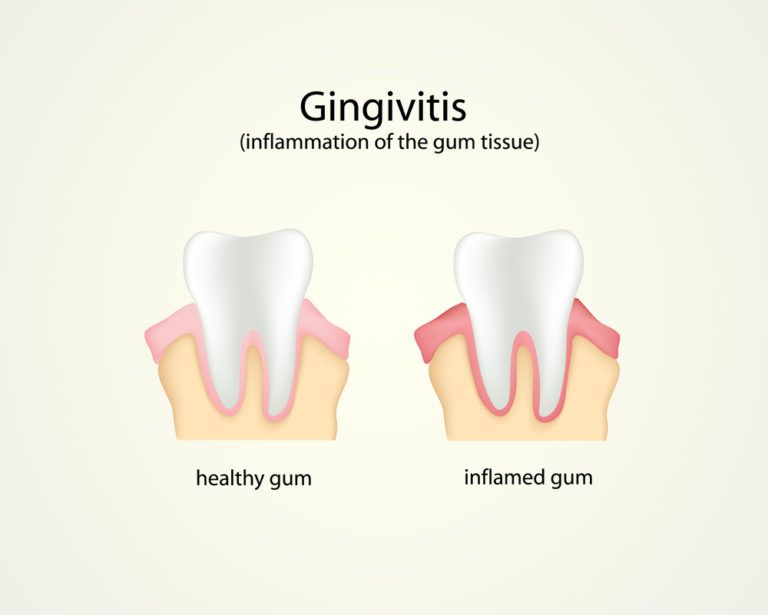Gum and Bone Grafting
Bone, Gum and Other Grafting Options For Failing Dental Implants
Bone Grafting For Dental Implants
Bone grafting is a surgical procedure performed to restore the lack of bone in the jawbone area that is left with a void. A bone graft is required where you have insufficient bone volume to receive a dental implant or if you have a failing implant that needs to be restored. These bone defects or bone deficiencies can be found in 25% of people with missing teeth. Having sufficient bone mass is critical for the stability of long term of success of your implant procedure. Tooth loss caused by gum disease, health issues, injury or trauma, bacterial infections such as peri-implantitis often result in jawbone loss. You may need to undergo bone grafting to correct lost bone volume and support if your jawbone is not tall, strong, or wide enough to accommodate your dental implants.
Dental Implant REPAIR
WATCH PATIENT REVIEW

Bone Graft / Bone Reconstruction / Bone Augmentation
The bone grafting procedure is a widely used option for treating the issue of failing dental implants. This dental treatment builds up your jawbone, correcting loose abutments and creating a firmly secured base for dental implant replacement. Bone grafting is critical to the success of dental implant treatments that require a reliable and sufficient jawbone; as it allows the jawbone to support the dental implant.
A typical bone grafting procedure involves adding either natural bone or artificial bone to your jaw. The graft or added bone material causes the surrounding jawbone to grow and fuse to the abutment in the healing process.
Success of the bone graft depends on several factors that include, type of conducted bone grafting, location of the insufficient jawbone, and number of dental implants.
Bone Graft / Bone Reconstruction / Bone Augmentation
The bone grafting procedure is a widely used option for treating the issue of failing dental implants. This dental treatment builds up your jawbone, correcting loose abutments and creating a firmly secured base for dental implant replacement. Bone grafting is critical to the success of dental implant treatments that require a reliable and sufficient jawbone; as it allows the jawbone to support the dental implant.
A typical bone grafting procedure involves adding either natural bone or artificial bone to your jaw. The graft or added bone material causes the surrounding jawbone to grow and fuse to the abutment in the healing process.
Success of the bone graft depends on several factors that include, type of conducted bone grafting, location of the insufficient jawbone, and number of dental implants.

Soft Tissue Gum (Gingival) Grafting
A gum graft is when a small piece of gum tissue transplanted into the affected area. Like teeth, dental implants need to be surrounded by healthy gums.
After an dental implant procedure, sometimes the gum tissue can atrophy or shrink, creating both functional and aesthetic flaw. Your gums can also be damaged during dental implant procedures when handling the soft tissues during surgery. Soft gum tissue grafts can replace your missing gingival for a better cosmetic outcome as well as to prepare for dental implant replacement.
Ridge Modification
Defects in your jaw bone can require repair in preparation for the replacement of your abutments (dental implants). Various techniques and materials are used for this purpose. For small defects, allografts, xenografts and other synthetic bone substitutes can often be used. For larger defects, your own bone, or specialized proteins are required. Dr. Winson will go over these options with you at your exam.


Socket Grafting / Area Preservation
Bone loss can occur following the initial dental implant procedure. Often, this bone loss leads to functional and cosmetic problems requiring possibly extensive and complicated treatments to correct. Socket Grafting Or Area Preservation is a quick, helpful solution to prevent bone loss from happening. By placing a bone graft into a fresh extracted abutment socket, and securing the graft with a collagen membrane, bone loss can be minimized as ridge form is better maintained and dental implants can then be easily replaced. This procedure is quick and easy and relatively inexpensive in comparison to ridge modification procedures that are often necessary when area preservation is not performed.
Socket Grafting / Area Preservation
Bone loss can occur following the initial dental implant procedure. Often, this bone loss leads to functional and cosmetic problems requiring possibly extensive and complicated treatments to correct. Socket Grafting Or Area Preservation is a quick, helpful solution to prevent bone loss from happening. By placing a bone graft into a fresh extracted abutment socket, and securing the graft with a collagen membrane, bone loss can be minimized as ridge form is better maintained and dental implants can then be easily replaced. This procedure is quick and easy and relatively inexpensive in comparison to ridge modification procedures that are often necessary when area preservation is not performed.






